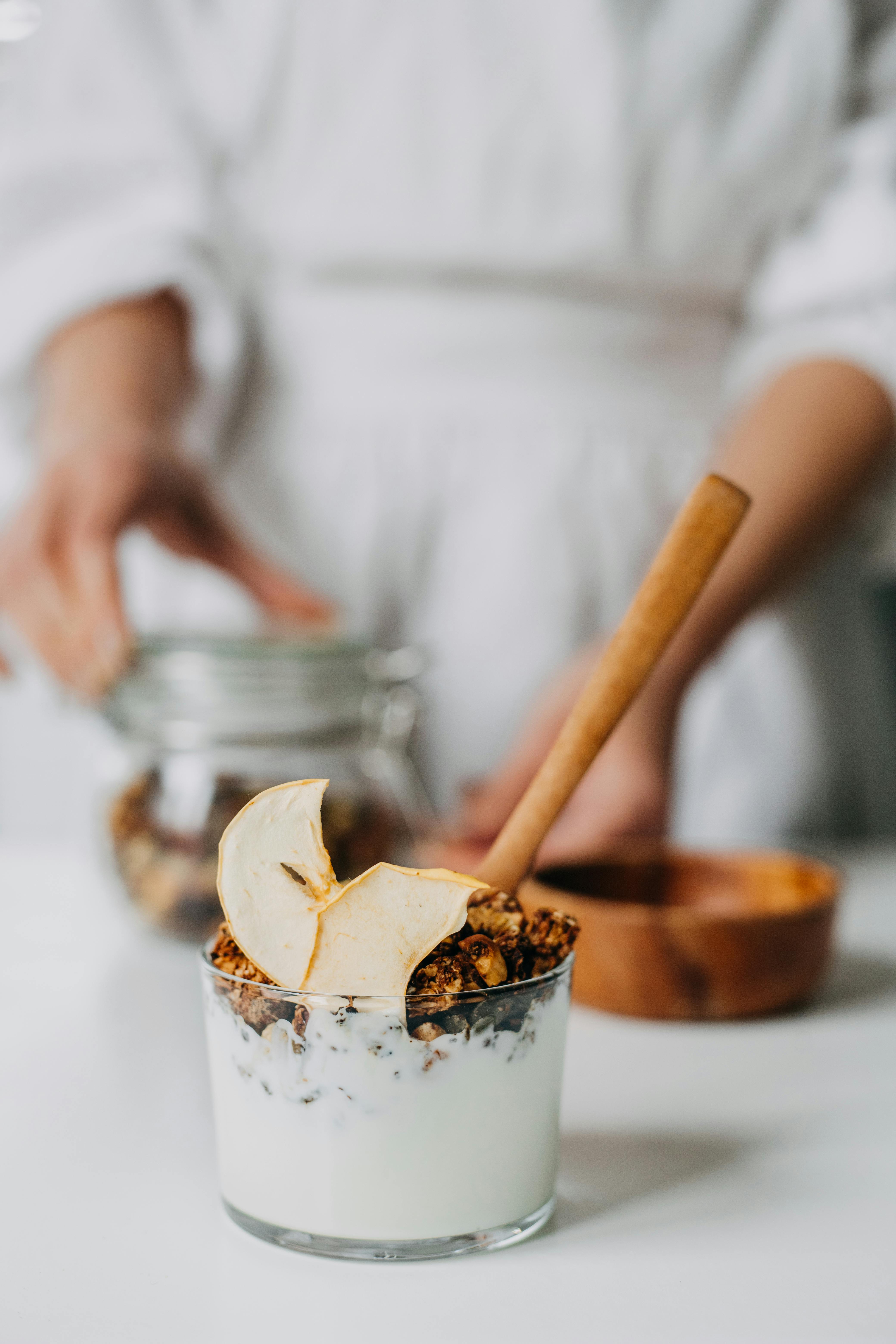
Effective Ways to Optimize a Printable Anti-Inflammatory Diet in 2025
In an era marked by rising awareness of health and wellness, the anti-inflammatory diet stands out as a proactive approach to combat inflammation - a condition closely linked to chronic diseases such as arthritis, heart ailments, and even cognitive decline. This article dives into the effective ways to optimize a printable anti-inflammatory diet that can easily fit into your everyday lifestyle in 2025. From understanding the benefits of an anti-inflammatory diet to discovering easy meal prep tips, we will cover a broad spectrum of topics that will help you make informed choices about your food.
The benefits of an anti-inflammatory diet extend beyond just weight loss; it encompasses improved energy levels, better digestion, and a stronger immune system. Throughout this article, you will gain insights into ingredients, recipes, and meal plans that not only taste great but also significantly reduce inflammation in the body.
So, let's embark on this journey towards a healthier lifestyle through conscious eating choices! By the end of this article, you'll have a wealth of knowledge on anti-inflammatory recipes, meal ideas, and cooking tips to help you create an easy-to-follow anti-inflammatory meal plan.
Understanding the Benefits of an Anti-Inflammatory Diet
Before diving into meal ideas, it's essential to grasp the multitude of benefits of an anti-inflammatory diet. Chronic inflammation is increasingly recognized as a contributor to a variety of health issues, including obesity, diabetes, and neurodegenerative diseases. Therefore, reducing inflammation is key to improving overall health.
Health Benefits of Anti-Inflammatory Foods
Integrating anti-inflammatory foods into your diet can enhance physical health as well as emotional well-being. Foods rich in antioxidants, omega-3 fatty acids, and dietary fiber are known to alleviate inflammation in the body. For instance, foods like fatty fish, nuts, and leafy greens provide vital nutrients and have been shown to reduce biomarkers of inflammation.
Chronic Inflammation and Its Effects
Understanding chronic inflammation is crucial for grasping the rationale behind an anti-inflammatory diet. Unlike acute inflammation, which is a normal immune response to injury, chronic inflammation is more insidious and can lead to long-term health issues, such as increased risk of heart disease and cancer.
How an Anti-Inflammatory Diet Works
An anti-inflammatory diet plan works by incorporating foods that lower inflammation and avoiding those that promote it. This means prioritizing whole, unprocessed foods, while cutting back on sugar, refined carbs, and unhealthy fats, which can exacerbate inflammation.
By embracing an anti-inflammatory lifestyle, you not only prepare yourself for better physical health but also cultivate an approach that allows for regenerative health practices. This integrated understanding helps shift the perception of food from mere sustenance to a tool for healing.
Creating a Strategic Anti-Inflammatory Meal Plan
Once you understand the benefits, it’s time to work on creating your anti-inflammatory meal plan. A well-structured plan simplifies grocery shopping and meal prep, ensuring that you adhere to anti-inflammatory dietary guidelines.
Meal Preparation Tips for Beginners
Starting on an anti-inflammatory diet can feel daunting, especially for beginners. Begin with meal prepping: select a day to prepare several dishes in advance. You can utilize batch cooking to freeze meals for busier days, making your meal planning more efficient.
Essential Foods to Include
When crafting your anti-inflammatory foods list, focus on incorporating nutrient-dense options. Foods such as berries, leafy greens, nuts, and whole grains should take precedence. Keep in mind that certain spices, like turmeric and ginger, are known for their anti-inflammatory properties and can elevate various dishes, from smoothies to soups.
Creating a Grocery List for Your Meal Plan
A well-organized grocery list tailored to an anti-inflammatory diet can make shopping easier. Categorize your list into sections such as vegetables, fruits, grains, and protein sources. You can refer to guides that highlight top anti-inflammatory foods, ensuring you don’t miss any essential ingredients.
Delicious Anti-Inflammatory Snack Ideas
Snacking smartly is an important aspect of maintaining an anti-inflammatory lifestyle. Smoothies, nuts, and seeds are excellent choices when you're on the go. Below are some key anti-inflammatory snacks to keep at hand.
Top Anti-Inflammatory Snacks
Choosing healthy snacks can help stave off inflammation while maintaining your energy levels throughout the day. Incorporate snacks like overnight oats made with almond milk, chia seed pudding, or hummus paired with raw veggies. These options not only taste great but also contribute to your anti-inflammatory diet.
Quick and Easy Anti-Inflammatory Recipes
Quick recipes can significantly ease the journey of adopting a new diet. Consider easy recipes like avocado toast sprinkled with turmeric or antioxidant-rich smoothies for breakfast. These simple anti-inflammatory recipes can revolutionize your approach to healthy eating.
Anti-Inflammatory Snacks for Kids
Introducing children to a healthy diet can be a challenge, but there are plenty of creative ways. Try making fruit sushi with rice and berries or energy balls using oats and nut butter. These meals can excite a child’s palate while providing essential nutrients.
Incorporating Anti-Inflammatory Cooking Methods
The way you prepare food can significantly influence its nutritional value. Understanding various cooking methods can help maximize the benefits of an anti-inflammatory diet. This section explores methods to prepare your food to maintain its anti-inflammatory properties.
Cooking Techniques to Emphasize
Techniques such as steaming, grilling, and baking are great methods to preserve the nutritional value of anti-inflammatory foods. For example, steaming vegetables helps to retain their water-soluble vitamins, while grilling adds flavor without excess fats.
Replacing Unhealthy Cooking Oils
Selecting the right oils is crucial for an anti-inflammatory diet. Opt for oils rich in omega-3 fatty acids, such as olive oil or avocado oil, instead of saturated fats. This small change can drastically impact inflammation in the body.
Flavoring with Herbs and Spices
Incorporating culinary herbs and spices increases the anti-inflammatory aspects of your meals. For instance, adding garlic, cinnamon, and cilantro not only enhances flavor but also boosts the health benefits of your dishes. Don't hesitate to experiment with various seasonings when preparing meals!
Convenient Anti-Inflammatory Meal Delivery Options
As life gets busier, exploring anti-inflammatory meal delivery services can provide convenience while adhering to dietary principles. Many companies focus on providing meals tailored to reduce inflammation, allowing you to enjoy healthful eating without the hassle of meal prep.
Finding the Right Service
When evaluating meal services, look for those emphasizing fresh ingredients, anti-inflammatory recipes, and customizable options. Research recipes they offer, ensuring they align with your personal preferences and dietary needs.
Trial Services and Getting Feedback
Testing a service’s meals can be a delicious way to assess how well they fit into your routine. Gather family feedback to help identify which meals work best. This trial period can also inspire new recipes and meal ideas for your own cooking.
Balance Between Delivery and Homemade Meals
Striking a balance between convenient meals and home-cooked options can relieve the stress of meal planning. Try alternating between meal delivery and cooking at home, leveraging both to keep your diet diverse and exciting.
Q&A: Your Anti-Inflammatory Diet Questions Answered
As you transition into an anti-inflammatory diet, you may have questions. Here are some responses to common queries that can aid your understanding.
What Are the Best Foods for an Anti-Inflammatory Diet?
The top anti-inflammatory foods include leafy greens, fatty fish, nuts, berries, and olive oil. These foods contain antioxidants and healthy fats known for their anti-inflammatory properties.
How Do I Start an Anti-Inflammatory Diet?
Begin by identifying inflammatory foods to avoid – such as processed sugars and trans fats. Focus on incorporating whole foods while referring to an anti-inflammatory eating guide for curated meal plans and recipes.
Can I Maintain an Anti-Inflammatory Lifestyle on a Budget?
Absolutely! Focus on seasonal produce and pantry staples, which can facilitate an anti-inflammatory diet without breaking the bank. Be strategic about grocery shopping to maximize value and health benefits.
Conclusion: Embrace an Anti-Inflammatory Lifestyle
Implementing an anti-inflammatory diet can lead to significant health benefits, making the journey towards an optimized diet worthwhile. Through meal plans, recipes, and a solid understanding of the importance of foods, you are equipped to make impactful choices. Remember, each small step you take in fostering an anti-inflammatory lifestyle can lead to a healthier, more vibrant life. So, begin your culinary adventure today!
 example.com/image2.png
example.com/image2.png
 example.com/image3.png
example.com/image3.png